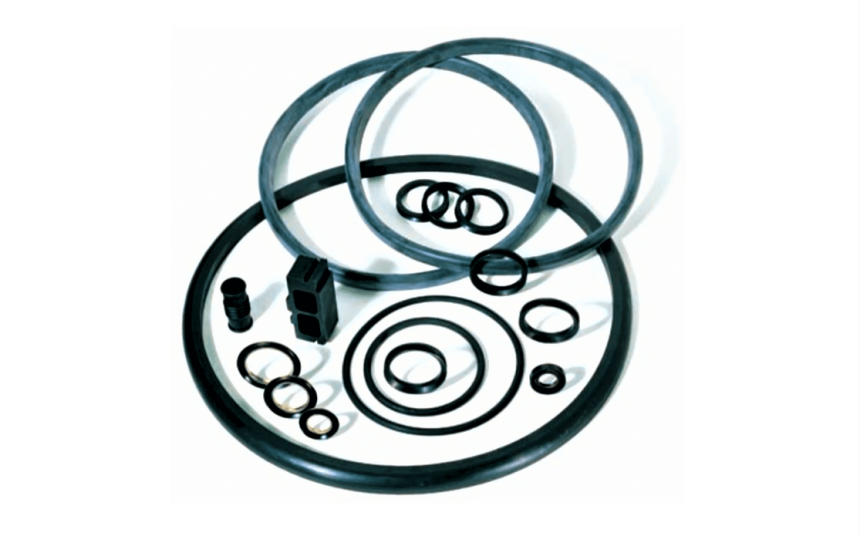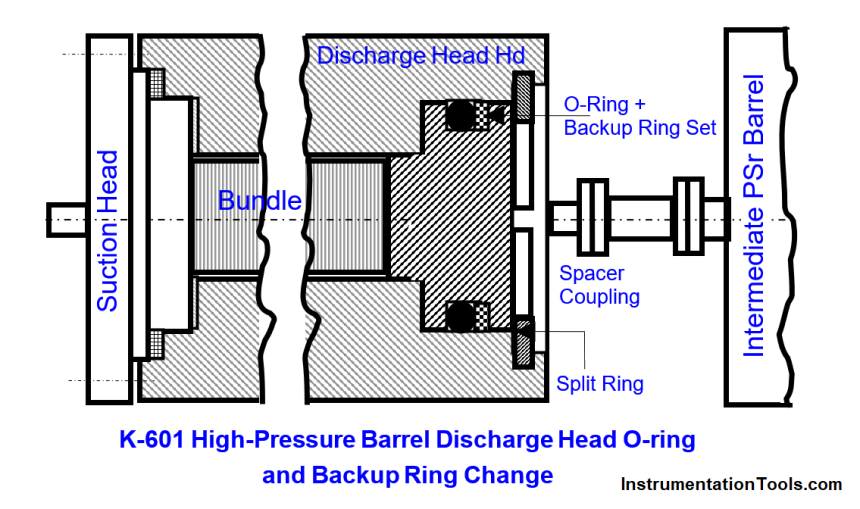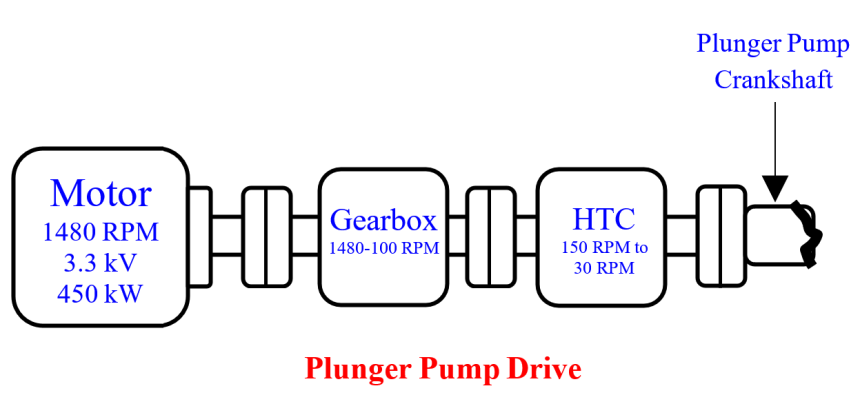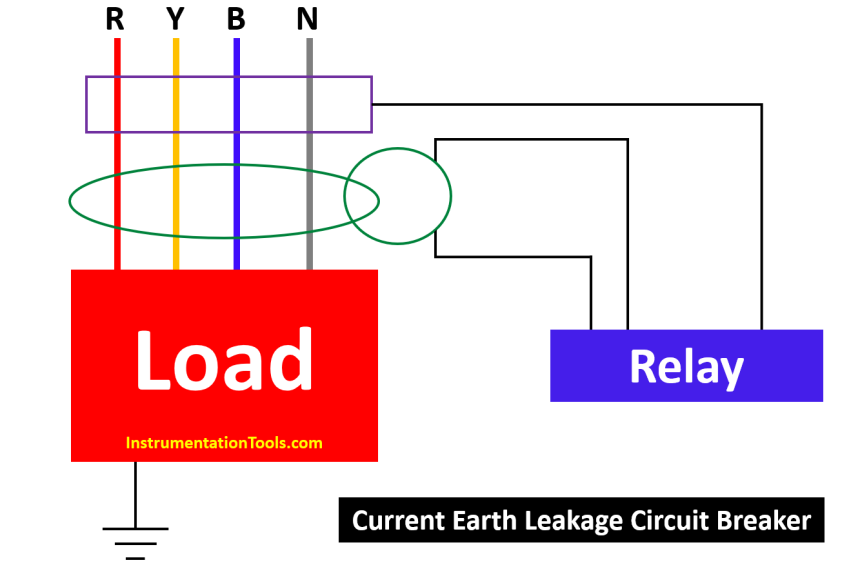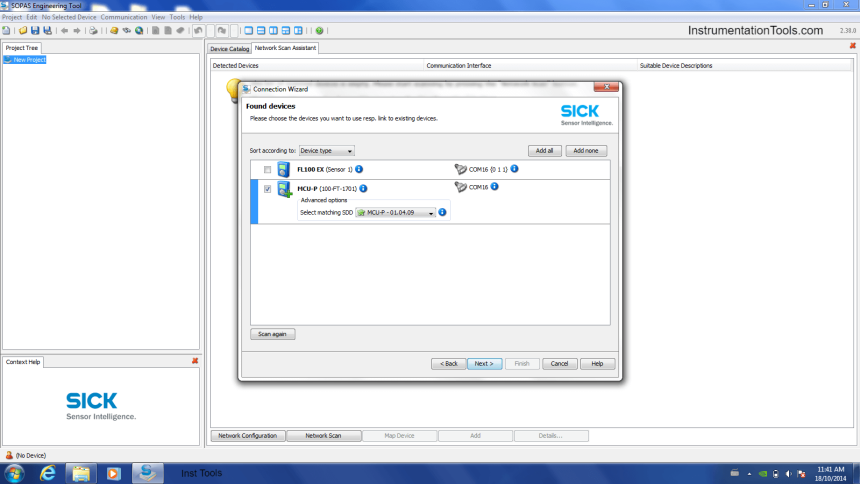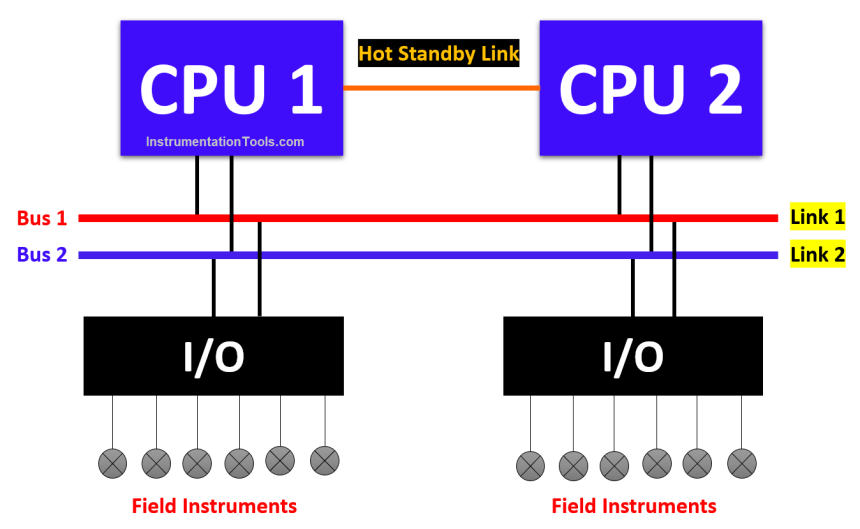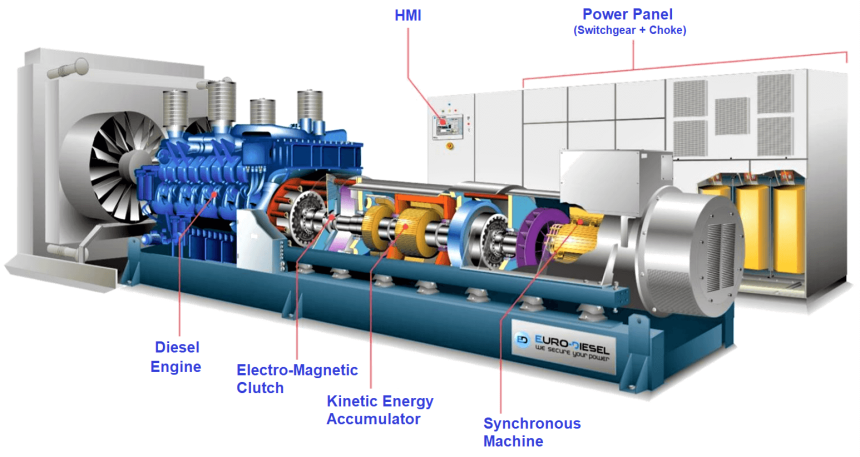How Kalrez O-rings Seal So effectively So Long?
In this article, you will learn how kalrez O-ring seal solved the compressor leaks which was faced by the author.
Centrifugal Compressor Outage Reduced – Root Cause Analysis
In this article, the author discussed the problem with the centrifugal compressor and how he reduced the outage time.
Too Low Efficiency Torque Converter Elimination Attempt
A 3.3 kV 450 kW, 1480 RPM 3 φ motor couples to a gearbox input shaft and output shaft to the hydraulic torque converter (HTC).
Types of Earth Leakage Circuit Breaker
In this post, we will learn the types (voltage & current) and working principles of the earth leakage circuit breaker (ELCB).
Flare Ultrasonic Flow Meter – SOPAS Engineering Tool
In this article, we will learn the procedure of using SOPAS engineering tool of SICK ultrasonic flare flow meter software.
Displacer Level Transmitter Calibration using Water & Process Liquid
In this article, we will learn calibration procedures of displacer level transmitter using water, process fluid, and also interface level measurement.
What is Hot Standby in PLC?
In this post, we will learn the concept of hot standby in a PLC (programmable logic controller).
Captive Power Plant Trip Root Cause Analysis
In this article, we will learn the captive power plant (CPP) trip root cause analysis. It is equipped with Frame-V Gas Turbine Generators.
What are Static UPS and Rotary UPS?
In this article, we will learn the basic types of uninterruptible power supply. They are static UPS and dynamic rotary UPS.
How to Read an Electrical Wiring Diagram?
In this article, we will learn how to read an electrical wiring diagram, how to understand electrical engineering drawings.
